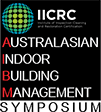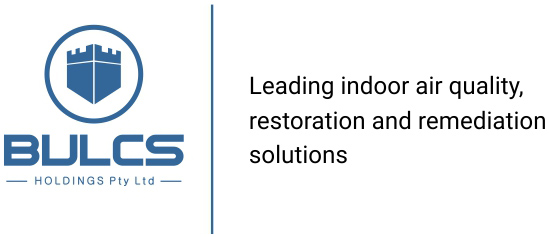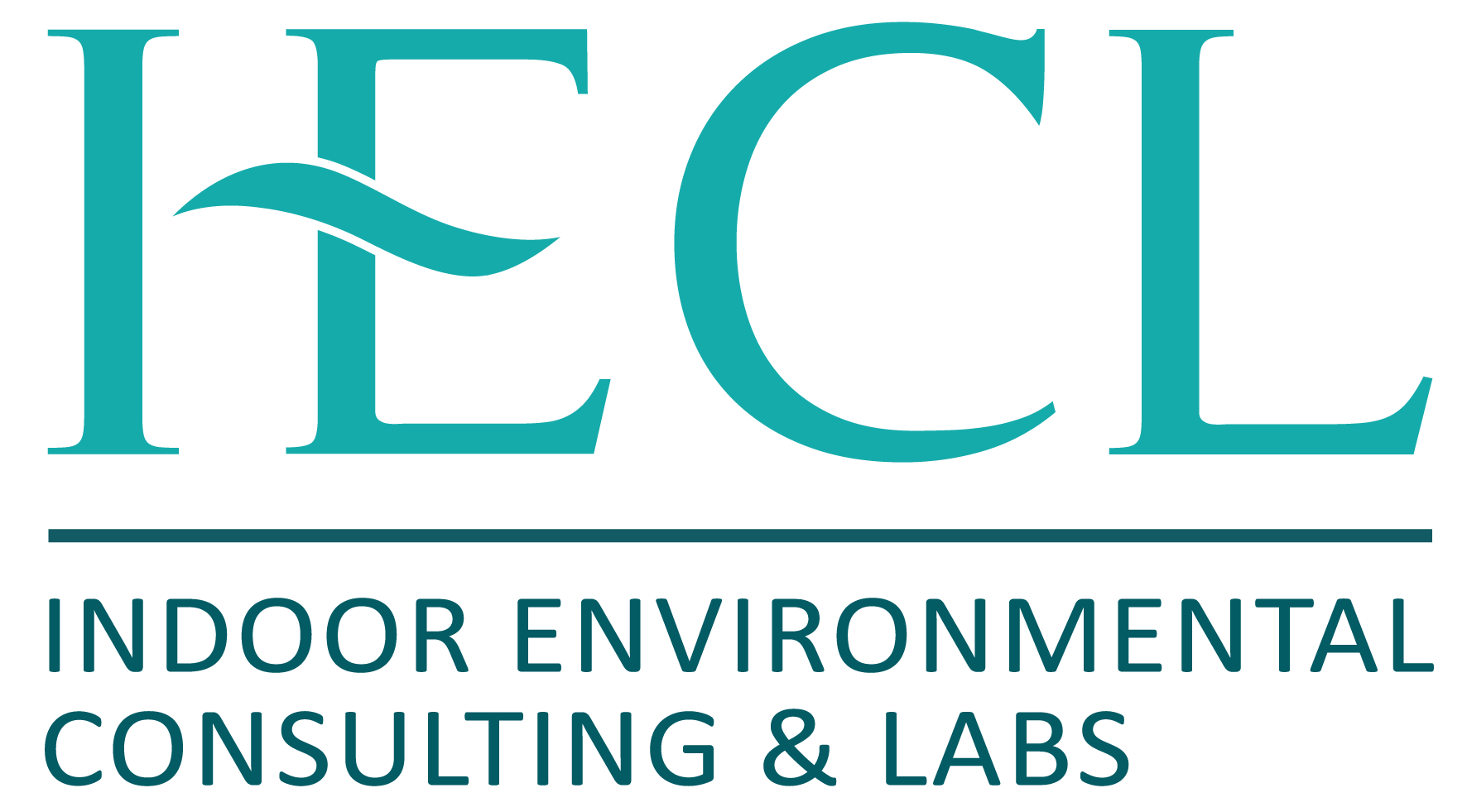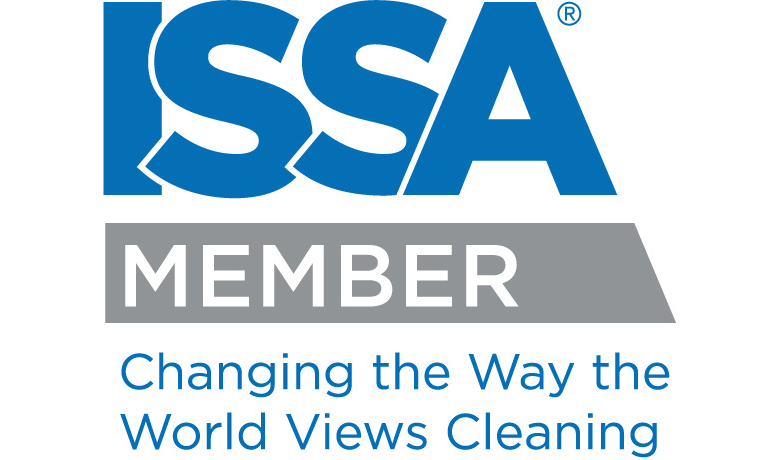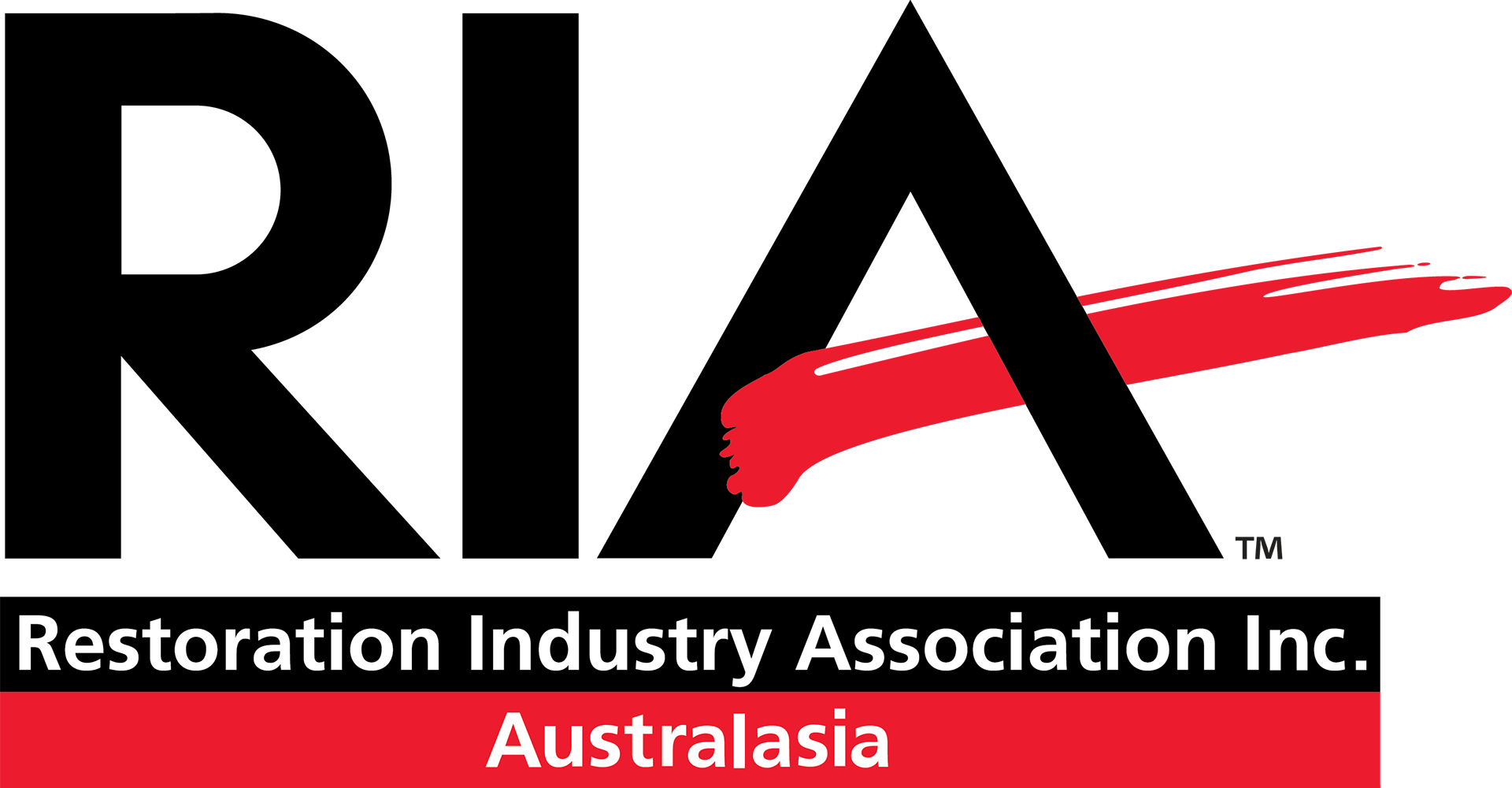Program
This page provides details about the presentations at the 2023 Australian Indoor Building Management Symposium. Be sure to check back here regularly as more presentations and speakers are confirmed.
Thursday 14th September
Coach8 demonstrations and exhibitors open from 2:00 pm to 7:00 pm daily.

Friday 15th September
Coach8 demonstrations and exhibitors open from 2:00 pm to 7:00 pm daily.

Saturday 16th September
Are you planning to enjoy some time in the beautiful Mackay region after the Australasian Indoor Building Management Symposium? Saturday 16th September will be a perfect opportunity to relax and experience the sights and sounds of the local area. Consider some of these options.
- Enjoy an island day tour, snorkelling, paddleboarding and swimming in crystal clear waters with Wildcat Mackay.
- Tour the award-winning Sarina Sugar Shed for a paddock-to-plate experience that showcases Queensland farming.
- Head to Cape Hillsborough early and catch the kangaroos and wallabies feeding on the beach.
- Visit Mackay Marina Village for a great meal at one of the many restaurants.
- Book a fishing charter for the day.
- Take a day trip through the Pioneer Valley to spectacular Eungella National Park.
- Relax at family-friendly Bluewater Lagoon overlooking the picturesque Pioneer River.
- Take a leisurely stroll or scenic bike ride along Bluewater Trail
- Shop till you drop at Caneland Central.
The Mackay Region Visitor Information Centre provides information about many more amazing things to see and do while in this area. Be sure to make a booking to secure your spot to stay and play.
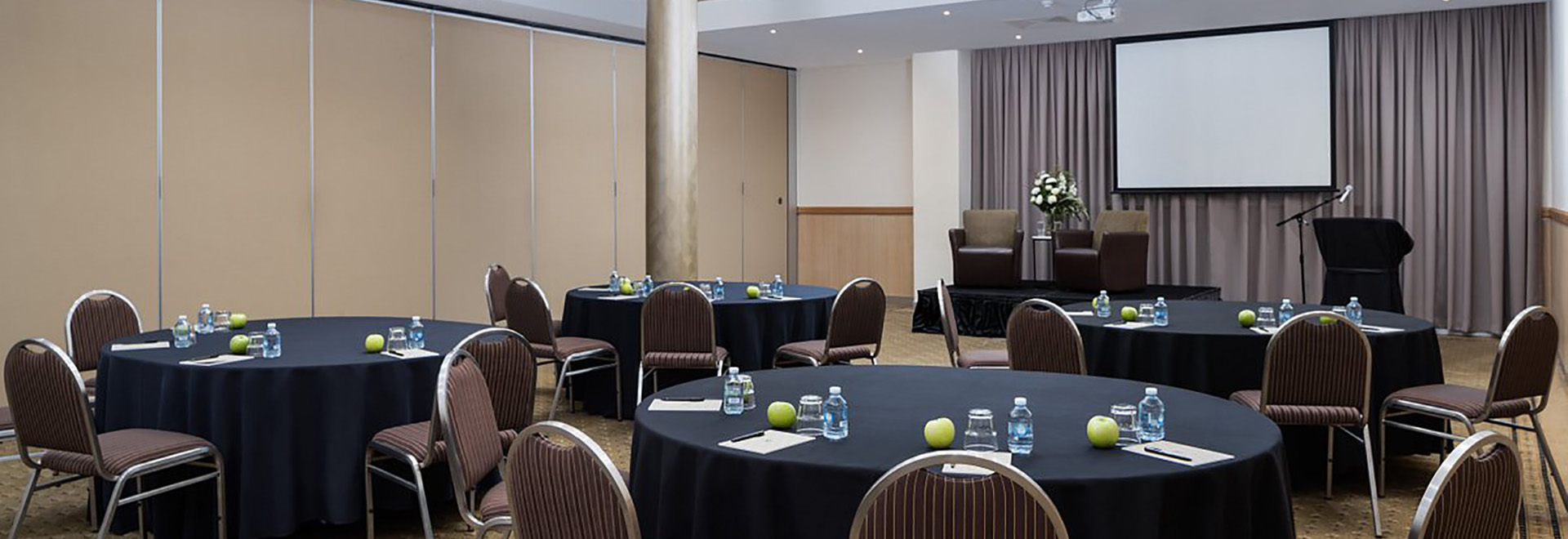
Presentations
This section provides details about the presentations at the Australian Indoor Building Management Symposium.
Welcome
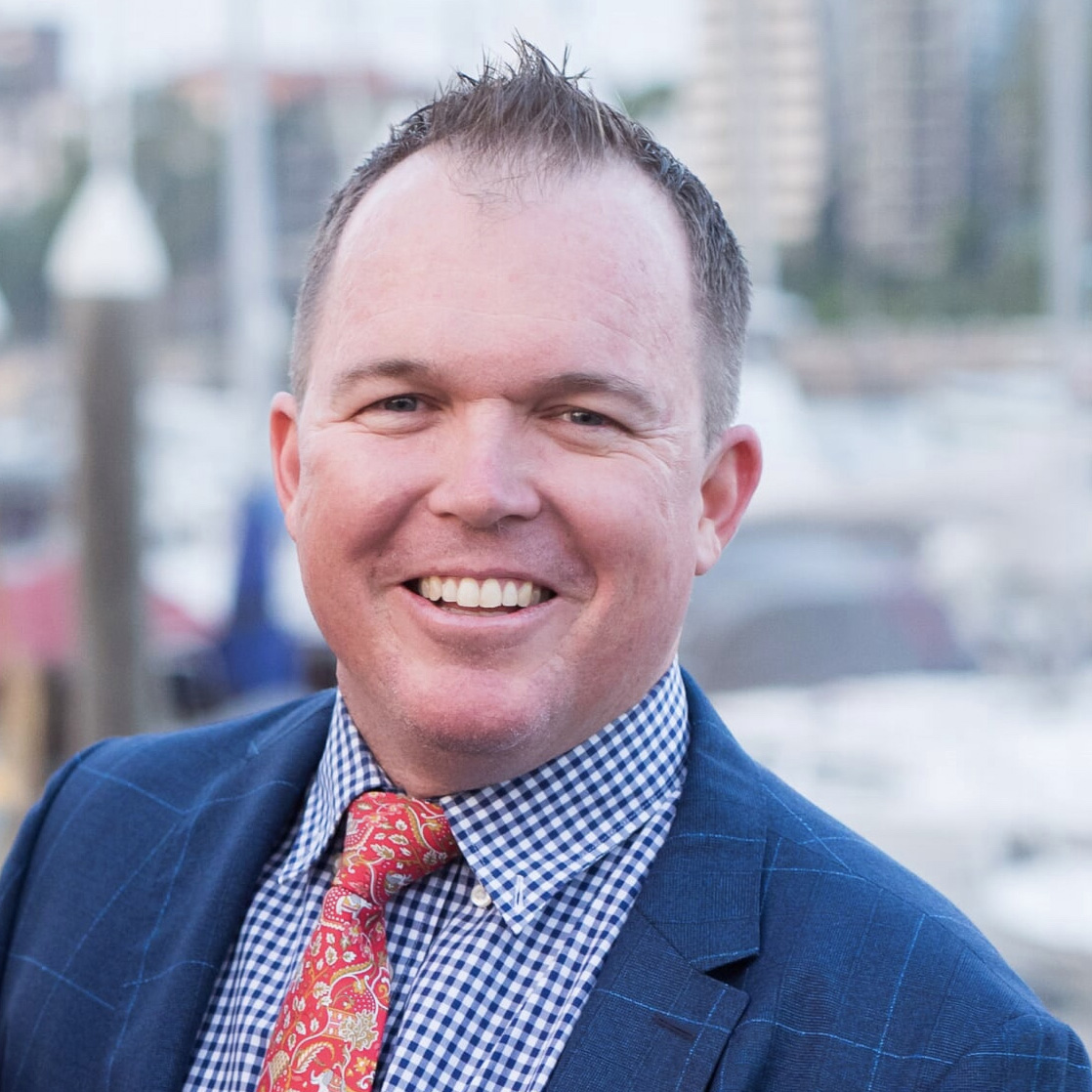
Scott McFadzen is the CEO of Coach8, an Australian approved school offering IICRC certification and personal training for the cleaning and restoration industry. Scott has a background of more than 27 years of progressive experience in restoration and specialist remediation services. Scott is an RIA Water Loss Specialist (WLS), one of the highest designations in the restoration industry, and he is a Registered Third-Party Evaluator with International Dry Standard Organization. Scott is an IICRC-approved WRT instructor and an IICRC-approved TSCT instructor, providing specific information for the proper maintenance and cleaning of trauma, crime scenes, and other possible infectious and hazardous areas. Scott sits on the IICRC S700 Standard Consensus Body, the IICRC S540 Standard Consensus Bodies, and the ISSA Oceania Advisory Council to assist in technical matters for cleaning and restoration matters.

Greg Williamson is the Mayor of Mackay Regional Council, a position he has held since 2016. He previously served as Mackay’s Mayor from 1991 to 1994. Greg is a fifth-generation Mackay local with a wealth of business, political, community and defence experience accumulated over a diverse career. Between 1994 and 2016, Greg’s career in general management saw him as Regional General Manager for Queensland and the Northern Territory at Chandler MacLeod – one of Australia’s largest human resource companies. He was the founding General Manager of national aerospace staffing firm Aero Ready; and then had eight years’ general management experience in heavy engineering services to the Queensland resources sector. Greg has an organisational reputation focus, demonstrated expertise in people management, and a passionate commitment to community service. Outside of public life, he is a current licenced pilot and has over thirty-five years’ service in the Australian Air Force Cadets – retiring as the Australian National Commander of the 8000-strong organisation when he was elected Mayor in 2016.
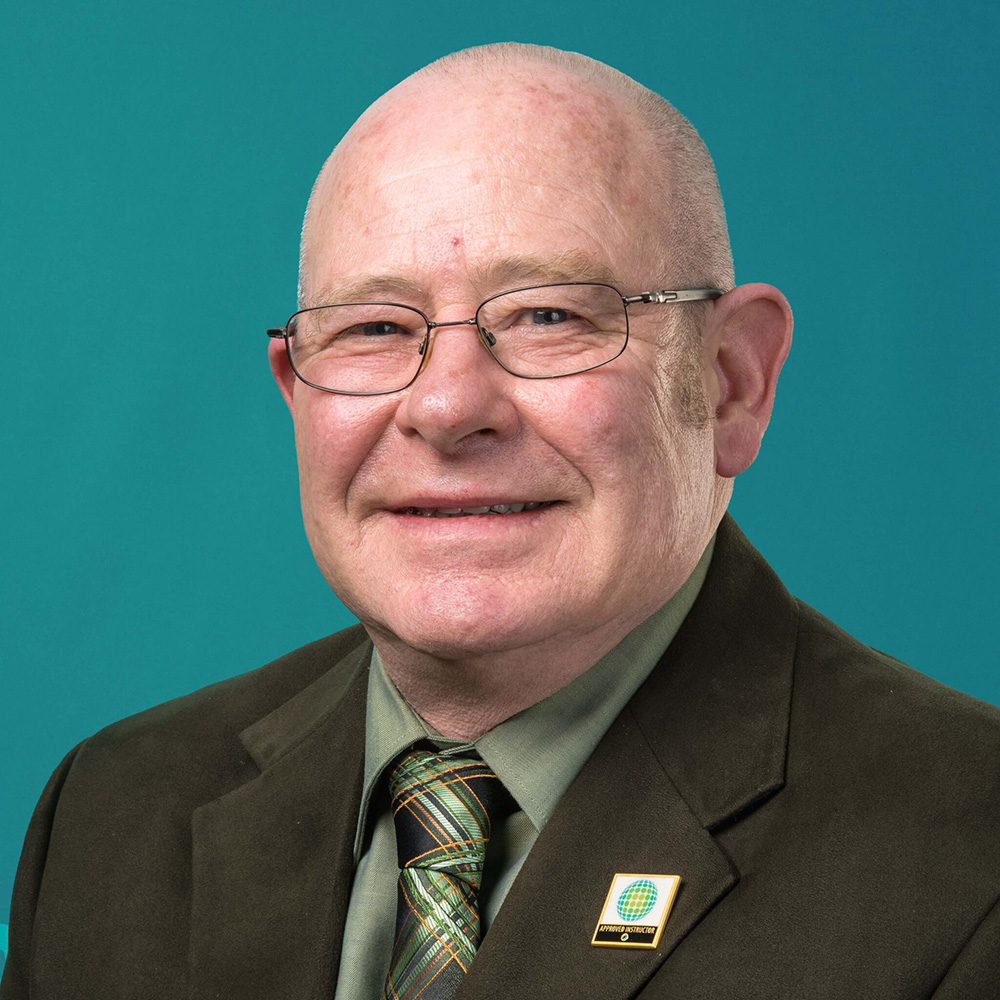
Carey Vermeulen has been a volunteer with the IICRC since 1991 and has served 17 of those years as a Board member, five years as Vice President, and three years as President. Carey has been involved in the development of IICRC/ANSI S500 Standard and Reference Guide for Professional Water Damage Restoration, IICRC/ANSI S520 Standard and Reference Guide for Professional Mould Remediation, IICRC/ANSI S100 Standard and Reference Guide for Professional Carpet Cleaning and was the Chair of the IICRC S300 Standard and Reference Guide for Professional Upholstery Cleaning. Today Carey is among the busiest IICRC instructors averaging over 70 classes a year primarily for the restoration and insurance industries and maintains among the highest student pass rate. Carey continues to volunteer as a public speaker at industry-related events, writes technical articles, and provides consulting services to the restoration, cleaning, and insurance industries.
Keynote address: Fentanyl remediation: Battling the world’s deadliest contaminant
Approximately 30,000 people in the United States die each year from guns, and 40,000 from automobile accidents. Compared to the USA, in Australia in 2022, 1,160 persons died on our roads, but we had an increase in one common killer: drug-induced deaths from Opioids. Opioids were the most commonly identified drug class and one of the fastest rising synthetic opioid is Fentanyl. The DEA administrator, Anne Migram says, “Fentanyl is the single deadliest drug threat our nation has ever encountered.” With Australians among the highest global consumers of ecstasy, critical action for us to consider about the next wave of opioid use is needed now!
Fentanyl claims the lives in the USA of over 100,000 persons per year. Fentanyl is a synthetic opioid drug, 50 times more potent than heroin and 100 times more potent than morphine and it only takes 2 milligrams of fentanyl to kill a person. That’s not even enough to cover the tip of a sharpened pencil, it’s barely enough to cover the date on a US penny!
Remediating for this poison is serious business and is only to be performed by highly trained professionals. As the scientific adviser and the HVAC cleaning and decontamination instructor at the Microbial Warrior Training Academy, David will share with you the dangers first responders and remediators face in the field when battling the world’s most dangerous contaminant.

David Hart is a Certified Forensic Operator with 30 years of field experience in the cleaning and restoration industry, and is a Scientific Advisor with the Microbial Warrior Academy. Over the past 15 years, in addition to continued field work, David has designed cleaning and decontamination systems that have advanced the global HVAC, IAQ and medical industries to the next level, for which he has been awarded U.S. patents.
David is Founder and CEO of RamAir International, whose air duct cleaning and decontamination system is that by which HVAC cleaning and restoration is taught by global industry leading organisations such as the IICRC and Microbial Warrior Academy.
David travels the world training professionals on the process of HVAC crime scene remediation, disaster restoration, meth and fentanyl decontamination and bioterrorism response. Companies travel from around the world to train at his facility in Bend, Oregon, and the top industry publications and organisations turn to David for information on these topics.
David served in the U.S. Army, during which he was selected for Military Intelligence, and is Chapter Leader of the Guardian Angels Alliance.
Critical and controlled environments: The importance of building envelope, leakage, HEPA integrity and containment
With recent changes to several Australian Standards AS/NZS 2243.3-2022, Federal Department of Health Office of Gene Technology Regulator (OGTR) PC3 Requirements (2022) and Testing requirements, it is imperative that the industry understand how these high containment facilities (PC3 and 4 laboratories) are designed, operate and contain pathogens. The recent changes saw a tightening of regulations, testing procedures and frequencies and the need for facility operators to validate the facility for safe handling and containment of WHO Class 3 and 4 pathogens. This informative presentation will cover the new requirements in building envelope, leakage, HEPA integrity and containment principles, practices and validation.
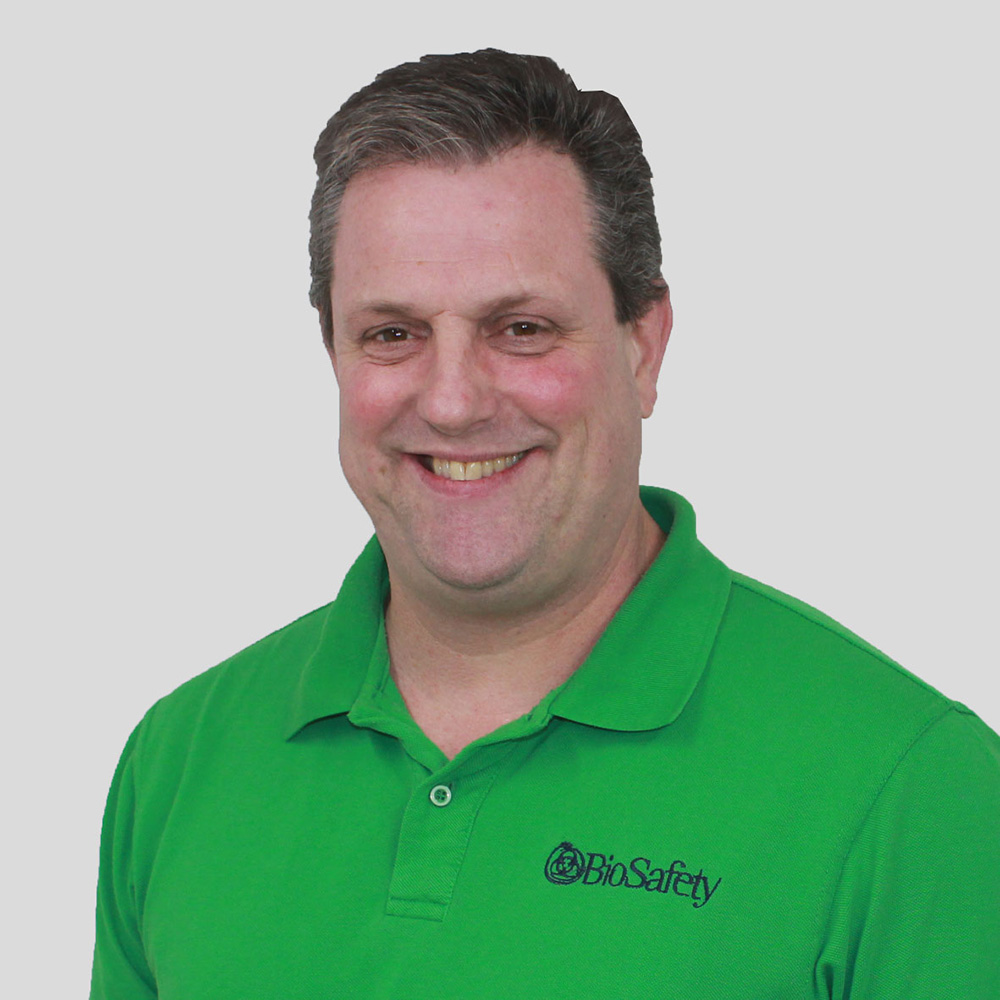
Brett Cole has been working in contamination control in the high containment, life sciences, healthcare and food/beverage market for over 20 years. His formal qualifications are in Environmental Microbiology and Chemistry and later in Occupational Hygiene and Toxicology. His experience has been in academic microbiological research, medical devices for high-level disinfection, engineering controls for contamination abatement, materials handling, infectious and contaminated waste and facility microbial testing, decontamination, and remediation. He has worked in Australia, Europe, New Zealand, North America, and the Asia Pacific on many contamination projects from beta-lactam site remediation, animal facility infection, clean-in-process decontamination, mould infestation, biological contaminated site decontamination.
Brett works with many facility, building and HVAC managers, government departments (DHHS, OGTR, DAWE and DPI), healthcare services and universities on occupational hygiene and contamination projects. Brett compiled and presented the Biological Safety Cabinet Training Package for ABSANZ for readiness for the IFBA Certification exam and has been involved with many Australian Standards. Brett is a director of and member of the Scientific Advisory Board (SAB) for the International Bioscience and Built Environment Consortium (IBEC) which focuses on safe indoor spaces.
Fungal taxonomy: When, who, why, where and what?
One of the most complicated, dynamic, and challenging branches of science is the world of Taxonomy. Taxonomy is an imperative practice used by scientists to name and classify living organisms so that we can not only distinguish two individuals but also gain an understanding for how closely related they are. When conducting microbiological evaluations, it is important to gain an understanding of what taxonomy is and when it is important to target different classifications such as genus and species for indoor environmental assessments. This talk will aim to discuss the importance of fungal taxonomy and explore when it is important to evaluate who is present, why they are present, where they exist, and what they are doing.

Dr Shelby Berg is an environmental microbiologist specialising in bacterial and fungal microbiomes. She has published articles on bacterial and fungal community profiling and presented at international conferences on microbial ecology. From studying soil microbial communities in agricultural industries to airborne biota within indoor environments, Shelby is dedicated to understanding the complex interactions that occur within microbiological networks across a range of niches and ecosystems. Shelby brings with her extensive experience in a range of sampling, sequencing, culturing, and microscopy techniques for assessing the microbial world. At Viridis Australasia, Shelby is the Laboratory and Research Manager of the air quality laboratory and is passionate about bridging the gap between fundamental and applied science to support industry application of microbiological knowledge.
Building design defects

Tim Law PhD is an architectural scientist and principal at Archsciences. He is also a building surveying lecturer and course chair of the building surveying programs at Victoria University. His research over recent years has been into the occurrence of condensation in new code-compliant buildings in Tasmania and Victoria, and the study of mould and its impact on occupant health. He has found the problem to be very widespread, very serious, and as a nation Australia is very far behind other countries in construction quality and legal recourse. He has completed reports for the Victorian Building Authority, Tasmanian building regulator, the Australian Building Codes Board, the federal parliamentary inquiry into mould, and the inclusion of more robust condensation stipulations into the National Construction Code. He thrives on complex interdisciplinary work involving architectural science, environmental microbiology and public health.
Fundamentals of conducting indoor air quality investigations
This presentation will provide information on the fundamentals of conducting a thorough investigation to identify poor indoor air quality and their origins. It will look important aspects of pre-investigation information gathering as well as the actual investigation process itself. It will go into detail regarding some common (and not so common) indoor pollutants and how they come to be present in the building. A large part of conducting IAQ investigations is understanding how air moves into, through and out of a building during various times of occupancy, seasons and use. This presentation will cover how to identify and follow air pathways that are deliberately “designed/built in” as well as unintentionally present. Identifying positive and negative pressure differentials will be discussed as common causes, and the impact they have on the building as well as IAQ. A brief overview of various indoor air quality measuring and testing equipment will be provided on as well as their usefulness and dependability.
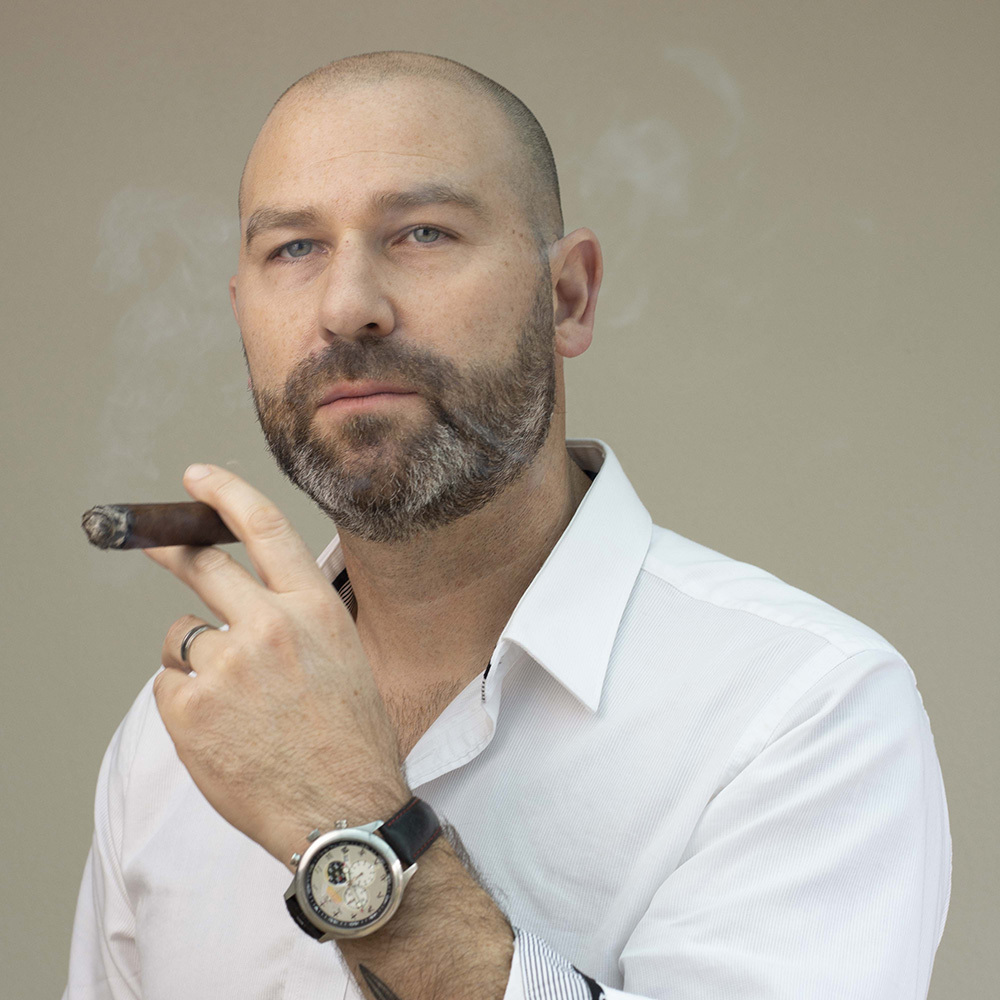
Jeremy Stamkos is the Managing Director and Principal Consultant for Restoration Industry Consultants (RIC). RIC specialises in Indoor Environmental Consulting for the property insurance and restoration industry. Jeremy has been involved in identifying and addressing indoor environmental contamination for over thirty years and through that time, has learned essentials skills for locating troublesome sources of poor indoor air quality. Jeremy currently serves as the Chair of the Indoor Air Quality Special Technical Group of Australian Institute of Refrigeration, Air-conditioning and Heating (AIRAH) and is working with AIRAH and Standards Australia on the proposal for Australia’s first Indoor Air Quality Standard.
Keynote address: The role of biochemical methods in microbial detection in buildings
Rapid detection of mould and bacteria in a building has advantages for making quick decisions regarding presence and extent of contamination and the remediation effectiveness. However, not all rapid tests are equal in what they measure, how they measure and what interferences may influence the data. This presentation will give an overview of what methods are available, the principle behind each, and a comparison of the pros and cons of each along with applications and interferences.
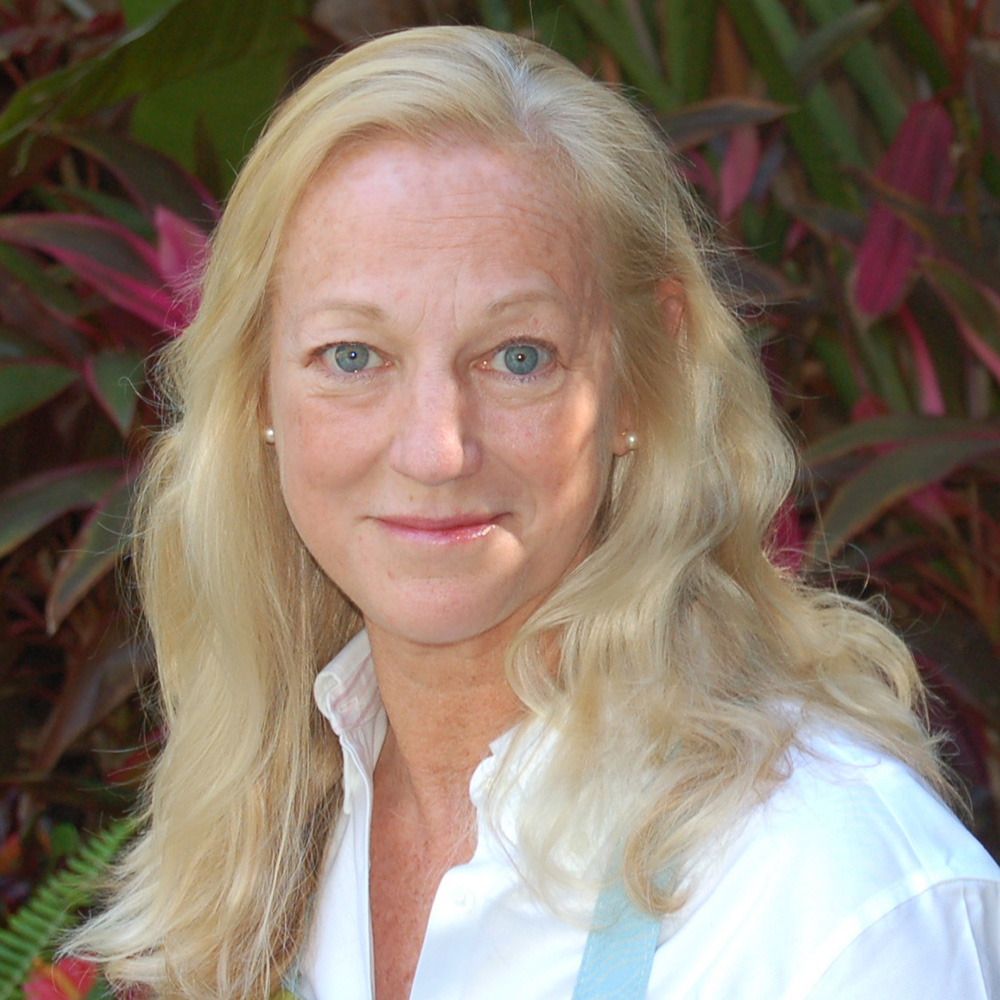
Lisa J. Rogers has been a science nerd since she could crawl but it was when, at four years old, she made mudpies with poison ivy that she laid the foundation for a lifelong focus in the environmental health and safety field. She has been very fortunate over her decades-long career to rub elbows with kind and brilliant icons in the EHS and IAQ disciplines. Although she declines to be a name-dropper, her experience earned her an invitation to participate on a NATO Science Advisory Committee developing international guidelines for indoor air quality issues. Other things that occupy her time include:
- ASTM Fellow and Chair of ASTM committee, D22, Air Quality, and Chair of subcommittee D22.08 Assessment, Sampling, and Analysis of Microorganisms
- Head of US Technical Advisory Group (TAG) for TC 146 SC6 to the International Standards Organization (ISO)
- Member of the AIHA and the Indoor Environmental Quality (IEQ) Committee
- President of Indoor Air Quality Association (IAQA)
- Emeritus Director for the Board of the Environmental Information Association (EIA)
- Former member of ASHRAE Standard 62.1, Ventilation for Acceptable Indoor Air Quality for 12 years
Since 2007, Lisa has served as President of Mycometer Inc. the US subsidiary of a Danish-based firm.
Assessing water-damaged buildings in the context of occupant health
In the past decade, there has been a significant increase in our understanding of the adverse health effects associated with living and working in water-damaged buildings (WDB) which has been met by a growing number of integrative clinicians testing and treating patients impacted by mould and other biotoxins. Assessing risk to occupant health is challenging but necessary when testing water-damaged buildings, whilst also taking into consideration the needs of ALL stakeholders. Nicole explores the key factors and challenges involved in testing WDB in clients impacted by mould illness, and strategies to enable them to live a ‘normal’ life after mould.
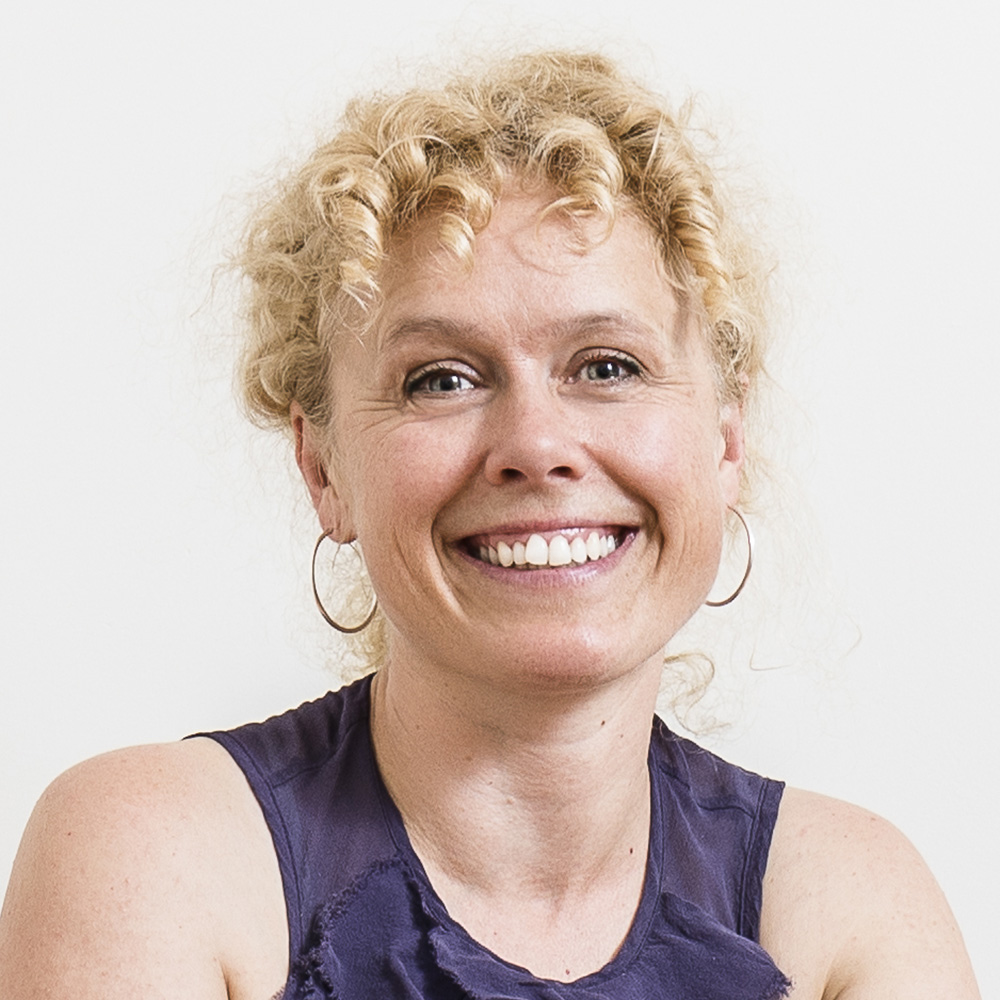
Nicole Bijlsma is a building biologist, bestselling author and founder of the Healthy Home (Building Biology) movement in Australia. She established the Australian College of Environmental Studies in 1999 – a registered training organisation that runs the only nationally accredited Mould Testing Technician course in Australia. Nicole has lectured at tertiary institutions for 30+ years, has published in peer reviewed journals and is regularly consulted by the media to discuss mould, electromagnetic fields and toxic chemicals. She is an invited speaker at various international conferences and her research explores the impact of environmental exposures and their ramifications for clinical practice.
Odour in the indoor environment and the emerging issues
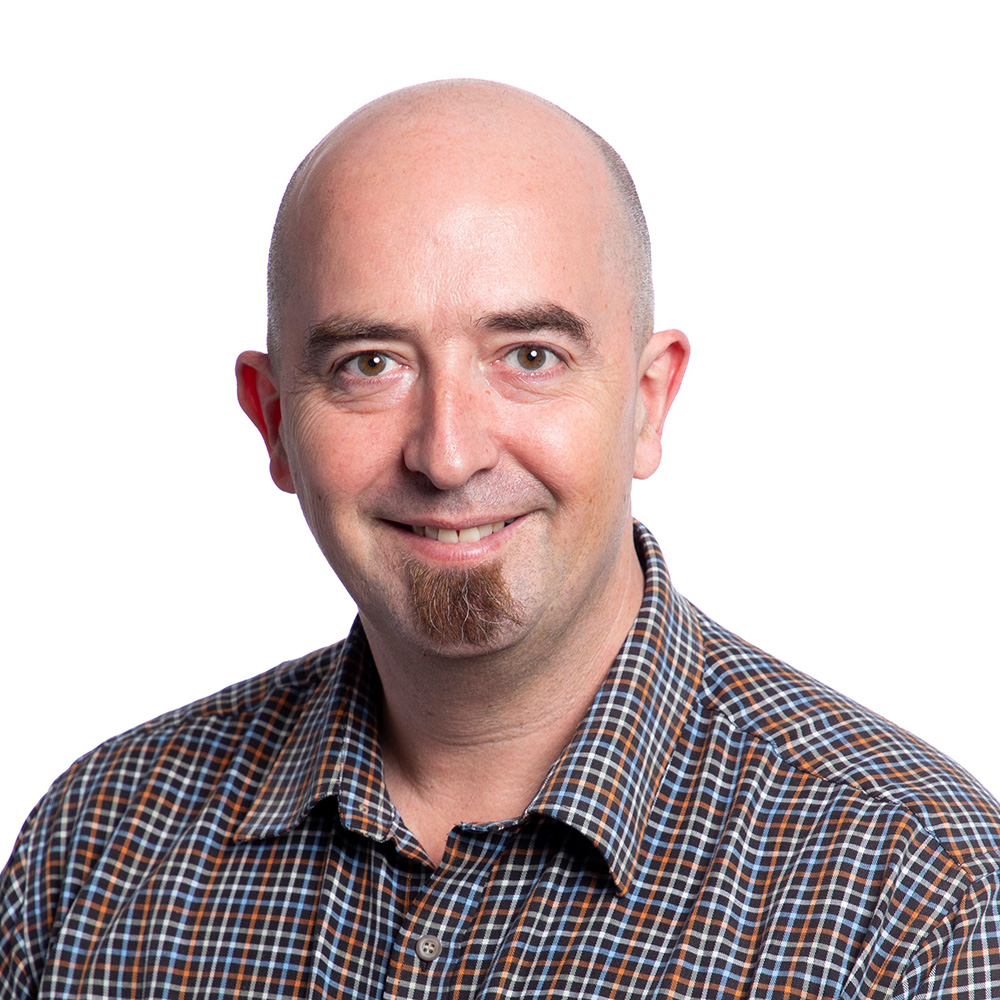
Jason is a Certified Occupational Hygienist (COH)® and Full Member of the Australian Institute of Occupational Hygienists (AIOH). Jason is Certified Water Damage Restoration Technician with the Institute of Inspection, Cleaning and Restoration Certification (IICRC) and a Licenced Asbestos Assessor. He also holds a master’s degree in Occupational Hygiene Practice (OHP) from University of Wollongong. Jason is an Indoor Environmental Profession (IEP) and has over 30 years of experience in the fields of occupational hygiene, indoor air and environmental air quality (IAQ/IEQ), chemical exposure, hazardous materials, workplace health and safety (WHS) and environmental consulting. Jason has conducted a diverse range occupational hygiene, IAQ, IEQ risk assessments for a wide range of government, commercial, residential and industrial projects. Jason is the Vice President with the Indoor Air Quality Association (IAQA) in Australia. Jason is the past President of the Workplace Health Without Borders (WHWB) in Australia (now Board Member). Jason has acted as Lead Occupational Hygienist, project manager and provided onsite supervision on a multiple large projects covering multi-site assets. He has particular experience in the areas of occupational hygiene-related chemical, biological and physical hazard exposure assessment, qualitative and quantitative health risk assessments for occupational/community exposures and hazardous chemical investigations.
The basics of building envelope testing
This presentation will take you through the basics of building envelope testing as a diagnostic tool and help you understand how air is moving through your building and the effect on indoor air quality. It will briefly examine the history, the different tester levels for other sized buildings, and how building envelope testing is represented in the National Construction Code. There are several applications for building envelope testing. In new construction buildings, there is a need to understand energy conservation. For older buildings, there is a need to understand air leakage points that lead to potential indoor air quality issues. An essential element of building envelope testing is accurate measurement of the surface area as well as preparation of the building. Understanding how the building is built and what represents your air barrier is critical to a successful outcome.

Penny Tralau is the Founder of Mould Rescue Environmental Pty Ltd, conducting Indoor Air Quality assessments in NSW. Penny is an ACAC Certified Indoor Environmental Consultant, RIA Certified Restorers, and IICRC Triple Master. Penny is a member of several IICRC Standards Consensus Bodies and the AIRAH Special Technical Group for Indoor Air Quality.
Update of IICRC standards

Carey Vermeulen has been a volunteer with the IICRC since 1991 and has served 17 of those years as a Board member, five years as Vice President, and three years as President. Carey has been involved in the development of IICRC/ANSI S500 Standard and Reference Guide for Professional Water Damage Restoration, IICRC/ANSI S520 Standard and Reference Guide for Professional Mould Remediation, IICRC/ANSI S100 Standard and Reference Guide for Professional Carpet Cleaning and was the Chair of the IICRC S300 Standard and Reference Guide for Professional Upholstery Cleaning. Today Carey is among the busiest IICRC instructors averaging over 70 classes a year primarily for the restoration and insurance industries and maintains among the highest student pass rate. Carey continues to volunteer as a public speaker at industry-related events, writes technical articles, and provides consulting services to the restoration, cleaning, and insurance industries.

Workshops
This section provides details about the workshops at the Australian Indoor Building Management Symposium.
Troubleshooting timber floors
Identifying the causes of damage and performance issues with timber flooring can be challenging – especially when different concerns can present in similar ways. This workshop looks at ways to investigate and identify problems, how to plan a remediation process, and importantly, how to manage the client through the process.

Phil Buckley is a second-generation timber flooring specialist, having grown up in Sydney working as a parquetry installer and general hand at Alpine Parquetry. Phil’s 25 years in the industry have included roles as an Installer, Site-Supervisor, Sales Manager, Project Manager, General Manager and Director. Phil has been an ATFA inspector and member of the NSW Standing Committee for the past 7 years and has represented the flooring industry on the Industry Reference Committee (that oversees development and maintenance of the trade qualification) for the last 3 years. Phil has a master’s degree in Teaching, a Diploma in Project Management and the ATFA Diploma in Timber Flooring. As well as running Mint Floors, Phil is ATFA’s Technical and Inspection Director.
Respirable crystalline silica workshop

Jason is a Certified Occupational Hygienist (COH)® and Full Member of the Australian Institute of Occupational Hygienists (AIOH). Jason is Certified Water Damage Restoration Technician with the Institute of Inspection, Cleaning and Restoration Certification (IICRC) and a Licenced Asbestos Assessor. He also holds a master’s degree in Occupational Hygiene Practice (OHP) from University of Wollongong. Jason is an Indoor Environmental Profession (IEP) and has over 30 years of experience in the fields of occupational hygiene, indoor air and environmental air quality (IAQ/IEQ), chemical exposure, hazardous materials, workplace health and safety (WHS) and environmental consulting. Jason has conducted a diverse range occupational hygiene, IAQ, IEQ risk assessments for a wide range of government, commercial, residential and industrial projects. Jason is the Vice President with the Indoor Air Quality Association (IAQA) in Australia. Jason is the past President of the Workplace Health Without Borders (WHWB) in Australia (now Board Member). Jason has acted as Lead Occupational Hygienist, project manager and provided onsite supervision on a multiple large projects covering multi-site assets. He has particular experience in the areas of occupational hygiene-related chemical, biological and physical hazard exposure assessment, qualitative and quantitative health risk assessments for occupational/community exposures and hazardous chemical investigations.
How to dry with desiccant dehumidification: Hot or cold weather
The myth about desiccant drying to be used only under extremely cold conditions will be busted in this training season. We look at different desiccant units available in the Australian market and how smaller is not only better but also more versatile in a drying job. Desiccant dehumidification can provide an efficient, effective solution for drying concrete quickly and safely, with an ability to remove moisture from even the most stubborn materials.
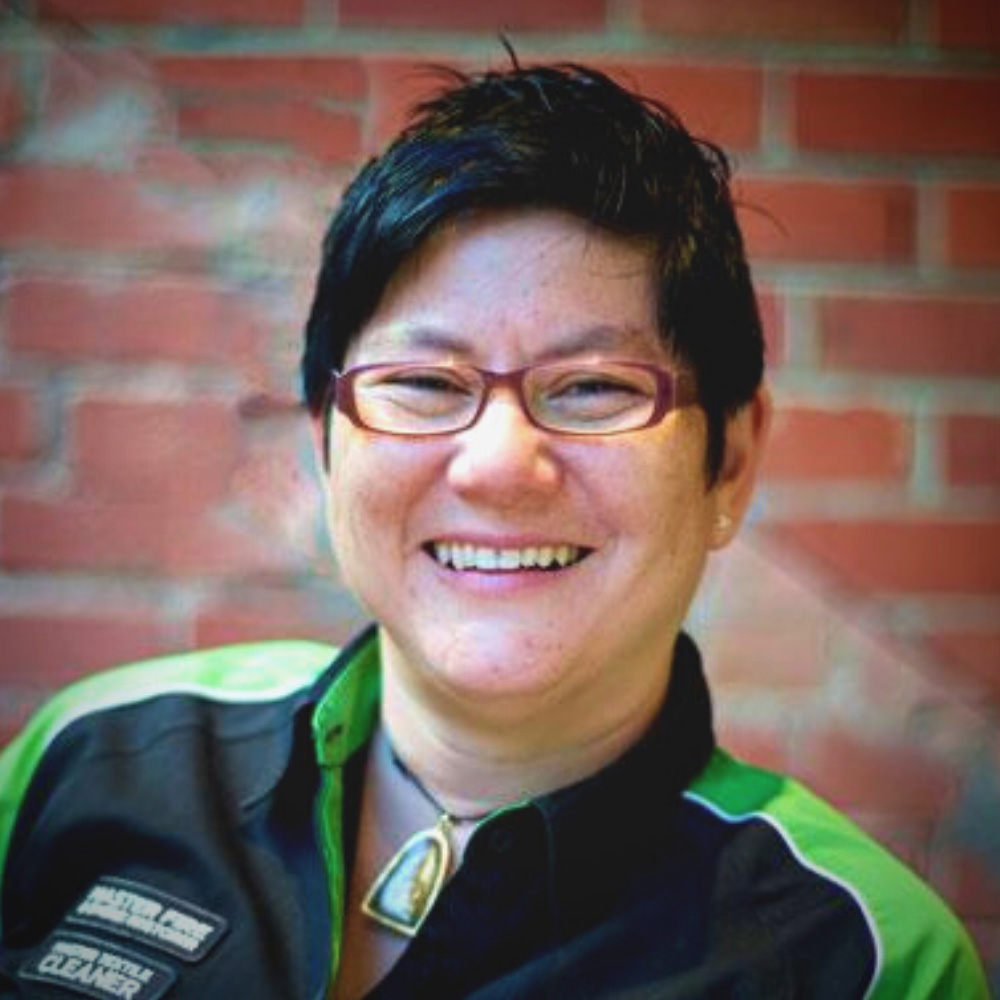
Ivi Sims has 22 years of industry experience with the following achievements in the restoration industry: WLS, CMP, Triple Master Restorer, CIQAM, RTPE and AIRAH.M. Ivi has presented at various conferences including the Indoor Air Quality Association (IAQA) conference 2019, the Worldwide Cleaning Industry Association (ISSA) conference 2019, and the Building Physics Forum 2019. In 2016, Ivi became a founding member of the Indoor Air Quality Association Australian Chapter (IAQAA) and the Indoor Air Quality Association (IAQA) Membership Committee. Ivi is the Australian editor of Healthy Indoor Magazine which deals with many indoor air quality situations including mould and building science. Ivi is also the past President of Victoria’s Specialist Cleaning and Restoration Association (SCRP), 2013-2015. Ivi currently sits on international committees that help to develop standards or promote the industry, including: the Institute of Inspection, Cleaning and Restoration Certification (IICRC) Health and Safety Cleaning and Restoration Committee, and the S760 Committee.
Thermography
This workshop for restoration professionals will answer the following questions about themography. Why is a thermal camera an important tool for restorers? What features should you look for in a thermal camera? What camera features can benefit restorers? Do different technician levels require more camera features? How can these features play a big part to get better images for your professional reports for structural drying?
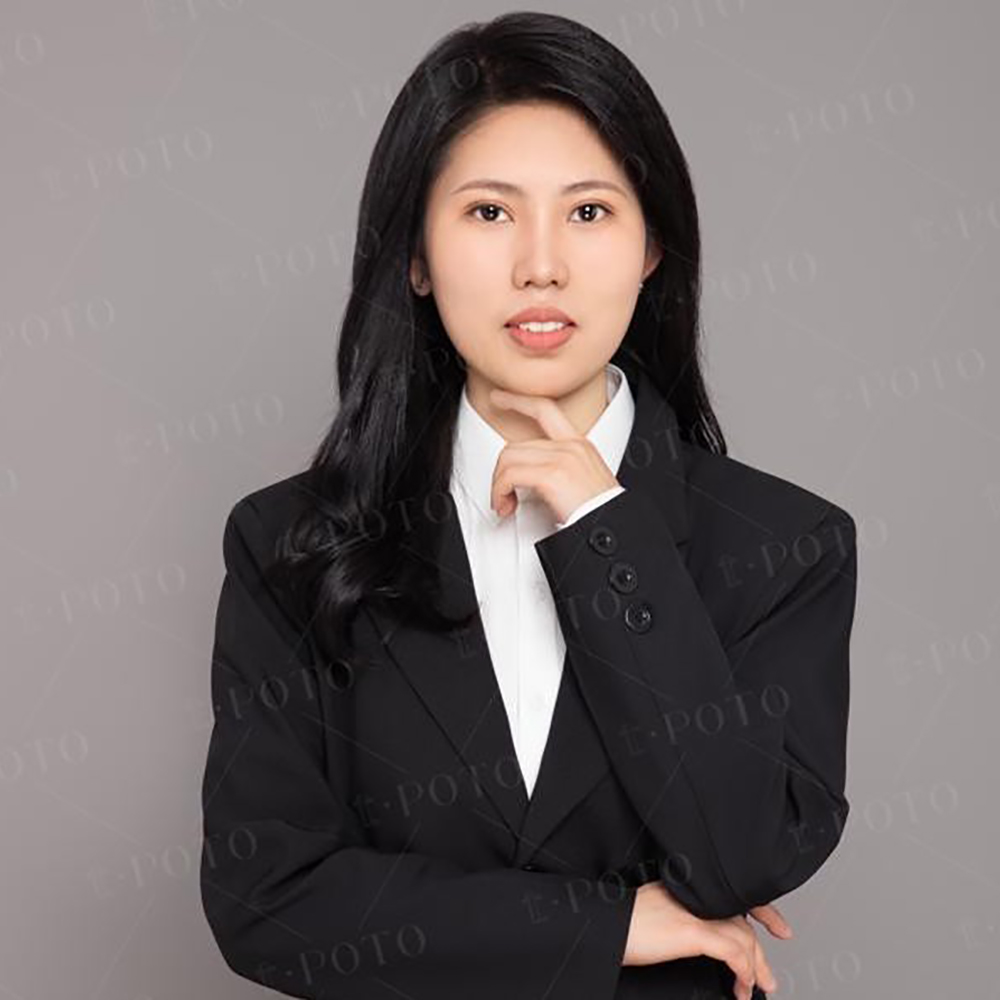
Ivy Ding works for Hikmicro as technical support for the Australia and New Zealand region. She specialises in thermal products and is the trainer for thermography for Hikmicro. Ivy has a keen insight into thermal cameras based on a wealth of experience. Hikmicro is a leading provider of thermal imaging equipment and solutions. Offering superb value for money, coupled with leading-edge technology and features, Hikmicro serves customers in over 100 countries and regions.
Microbial contamination: Getting the full picture
In events involving mould and bacterial contamination and biofilm development, the reliance on visual inspection alone can leave critical details unnoticed. While there is much talk about avoiding testing to save costs and time and reduce uncertainty, the shift away from on-site instruments and lab methods implies that human eyesight alone can determine whether a space has returned to its pre-loss condition after dampness and microbial issues. This panel discussion will get you thinking about our human senses and how we can enhance what we see.
The value of visual inspection. The widespread use of visual clearances suggests that if an area or surface doesn’t show obvious signs of dampness-related growth or deposition, it meets the necessary criteria for return to pre-loss condition or safe occupancy. However, there are hidden challenges. Settled microbial particles and microbial growth lacking pigments, including some moulds, yeasts and certain bacteria, remain invisible to the naked eye. Microorganisms can also enter a dormant state that’s not detectable through standard means.
Using testing wisely. Recognising that we can’t spot all organisms visually, we can employ testing strategically to assess risks more effectively. Simply dismissing testing due to the absence of specific microbial contamination thresholds is unjustified. In occupational hygiene, the gold standard is to assess risks when thresholds are lacking – a principle applicable to mould and microbial contamination findings as much as to industrial emissions.
Building skills and expertise. Skills can be acquired, both in the field and the laboratory, to enable us to make informed decisions when dealing with contaminants without established thresholds. These skills are crucial for keeping workers, including restoration contractors, hygienists, indoor environment professionals and building biologists safe in microbially contaminated environments.
The expert panel. Our panel comprises experts in occupational hygiene, infectious disease, chemistry, and indoor environment and microbial analysis. Through our discussion, we aim to enhance your trust in your senses while also highlighting when supplemental testing technologies are necessary. Our goal is to provide a comprehensive understanding of contamination testing and promote safer building practices.
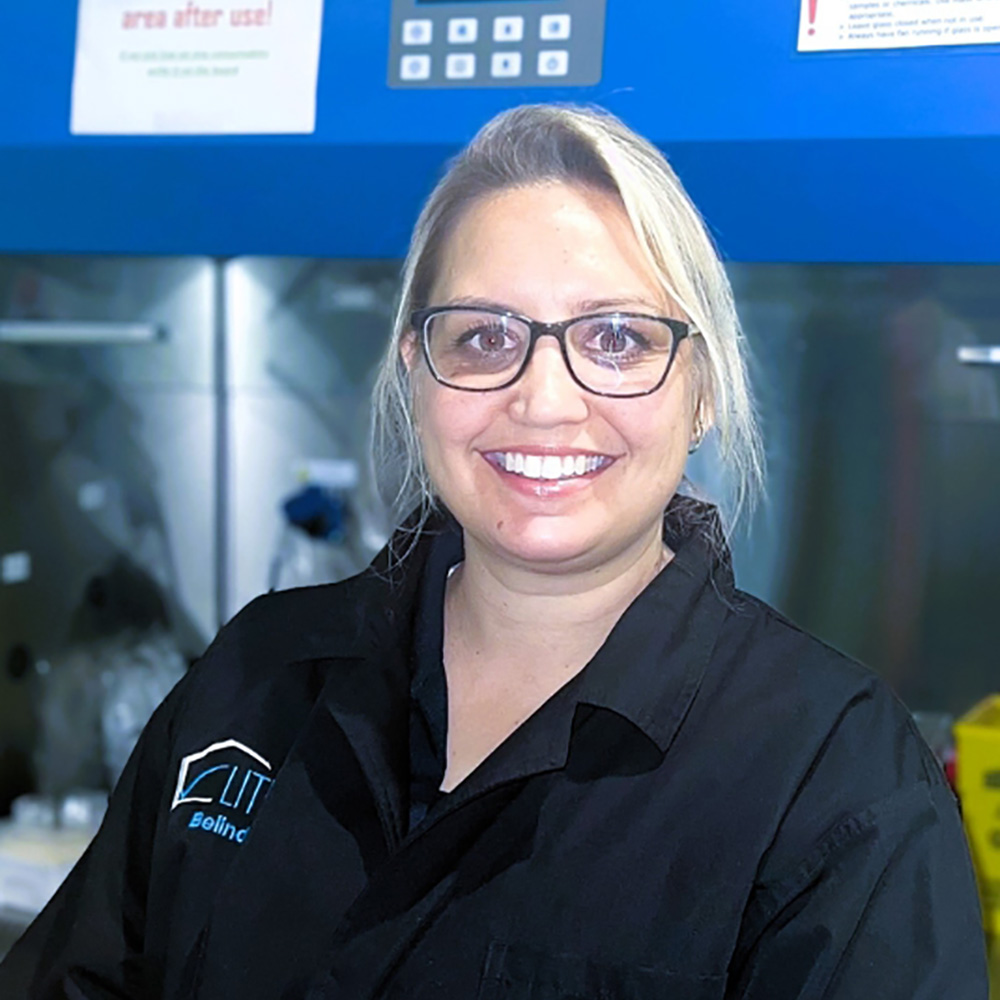
Belinda Badger is a Laboratory Manager at LITMAS, a microbiology and mould laboratory in Brisbane with a focus on the health of indoor environments. Belinda holds a Bachelor of Applied Science (Biotechnology), and her work primarily involves identifying potential sources of contamination present within or on building materials from samples sent into her laboratory. Belinda is passionate about making a positive impact in people’s lives through collaborative efforts with professionals from diverse industries.
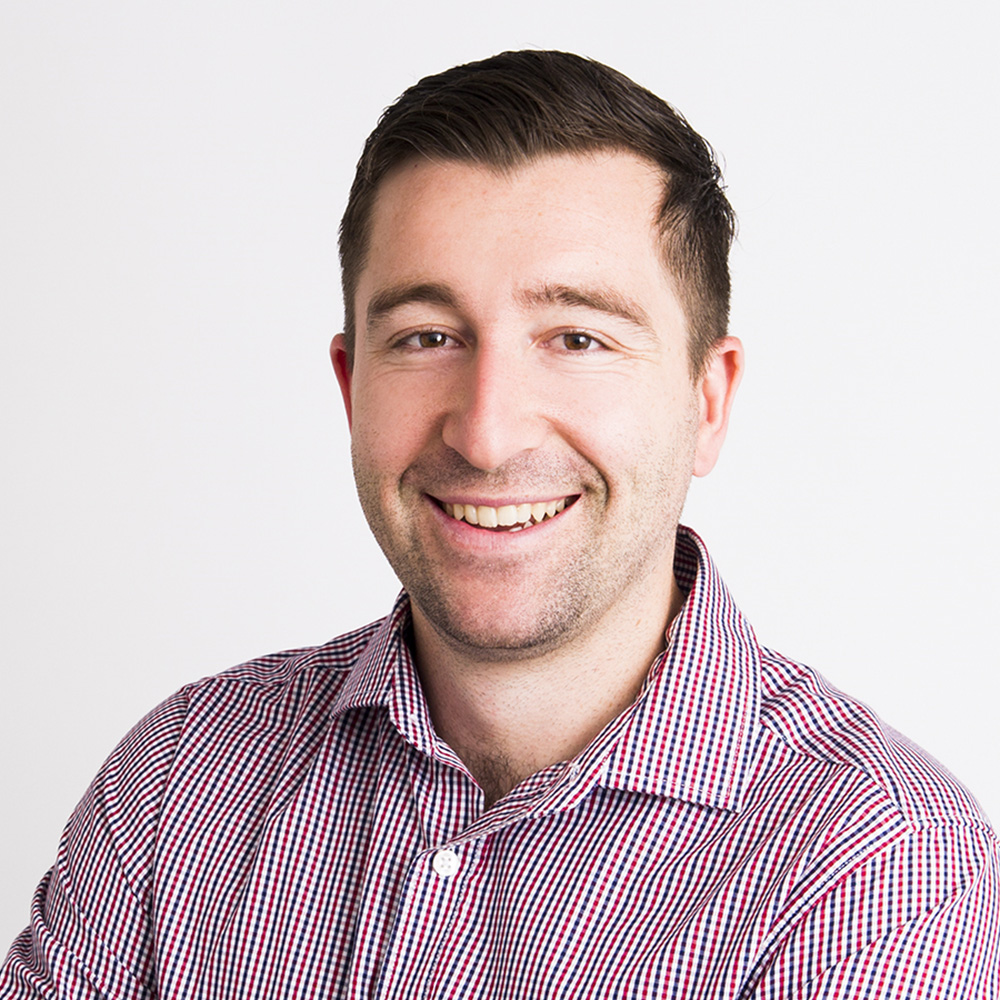
Bryan Jepsen is the director in the consulting firm, Keystone Environmental, environmental laboratory analysis, Oceanic Laboratory Initiative and Professional Development platform, The Skylight Academy. He has almost 20 years of experience working in the built environment, and has been consulting for the last decade. Bryan has a multi-disciplinary background that includes building biology and occupational hygiene. He specialises in microbial consulting and has experience in HVAC commissioning and hygiene, controlled environments, and water-damaged buildings. Additionally, Bryan is the secretary of IAQA Australia and he is actively involved in domestic and international standards committees for environmental quality, including fungal assessments and analysis. He also participates in technical working groups to review and discuss industry standards, guidelines and trends.

Brett Cole has been working in contamination control in the high containment, life sciences, healthcare and food/beverage market for over 20 years. His formal qualifications are in Environmental Microbiology and Chemistry and later in Occupational Hygiene and Toxicology. His experience has been in academic microbiological research, medical devices for high-level disinfection, engineering controls for contamination abatement, materials handling, infectious and contaminated waste and facility microbial testing, decontamination, and remediation. He has worked in Australia, Europe, New Zealand, North America, and the Asia Pacific on many contamination projects from beta-lactam site remediation, animal facility infection, clean-in-process decontamination, mould infestation, biological contaminated site decontamination.
Brett works with many facility, building and HVAC managers, government departments (DHHS, OGTR, DAWE and DPI), healthcare services and universities on occupational hygiene and contamination projects. Brett compiled and presented the Biological Safety Cabinet Training Package for ABSANZ for readiness for the IFBA Certification exam and has been involved with many Australian Standards. Brett is a director of and member of the Scientific Advisory Board (SAB) for the International Bioscience and Built Environment Consortium (IBEC) which focuses on safe indoor spaces.
Mycometer workshop

Lisa J. Rogers has been a science nerd since she could crawl but it was when, at four years old, she made mudpies with poison ivy that she laid the foundation for a lifelong focus in the environmental health and safety field. She has been very fortunate over her decades-long career to rub elbows with kind and brilliant icons in the EHS and IAQ disciplines. Although she declines to be a name-dropper, her experience earned her an invitation to participate on a NATO Science Advisory Committee developing international guidelines for indoor air quality issues. Other things that occupy her time include:
- ASTM Fellow and Chair of ASTM committee, D22, Air Quality, and Chair of subcommittee D22.08 Assessment, Sampling, and Analysis of Microorganisms
- Head of US Technical Advisory Group (TAG) for TC 146 SC6 to the International Standards Organization (ISO)
- Member of the AIHA and the Indoor Environmental Quality (IEQ) Committee
- President of Indoor Air Quality Association (IAQA)
- Emeritus Director for the Board of the Environmental Information Association (EIA)
- Former member of ASHRAE Standard 62.1, Ventilation for Acceptable Indoor Air Quality for 12 years
Since 2007, Lisa has served as President of Mycometer Inc. the US subsidiary of a Danish-based firm.
Restoration reporting
This workshop about restoration reporting will be delivered by Lane Larsen from Clean Claims. He will discuss how to easily prepare a report that is fully justified. Learn how to eliminate the guesswork and get paid faster.

Lane Larsen is the CEO of Clean Claims LLC, a process enforcement software/remote monitoring solution for the restoration industry. Clean Claims creates transparency between the restorer, the carrier, and clients with instant real-time unmanipulated data. Lane’s system does not give the option of falsifying readings, equipment on jobs, or the duration pieces of equipment were on jobs. Wireless thermal hygrometers and moisture meters make it impossible to debate whether something was or wasn’t done during the mitigation/restoration process. Clean Claims is helping to eliminate the day-to-day arguing that restorers are so used to dealing with.
Respiratory protection
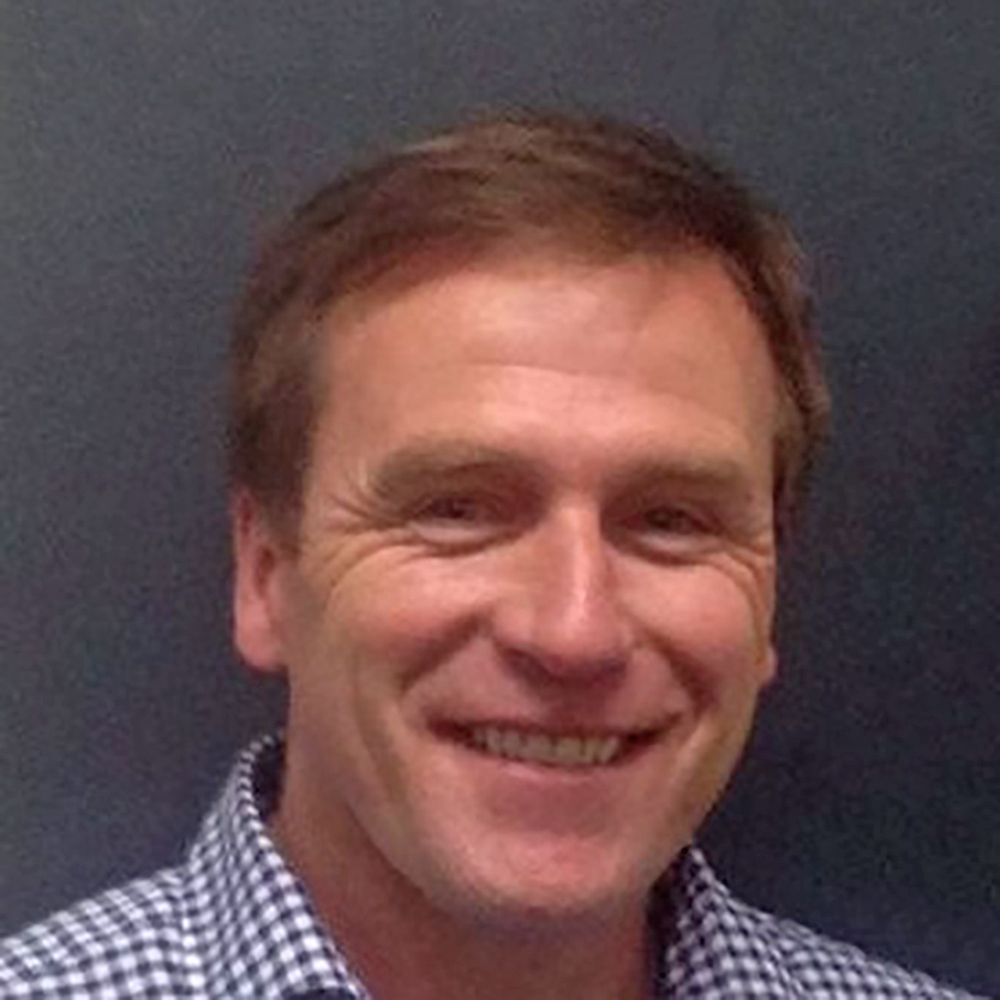
Sean Driscoll has over 25 years of experience in health services and medical devices. After practicing as a chiropractor in Australia and England, he joined medical device company Stryker in 2004. For more than 18 years, he worked in various sales leadership roles regionally and across Australia and New Zealand. In 2022, Sean joined CleanSpace Technology as Regional Director for Healthcare. In 2023, this role was expanded to Regional Vice-President for Asia Pacific (Industry and Healthcare). Sean is passionate about CleanSpace Technology. He is proud to be promoting an Australian innovation and quality Australian-made CleanSpace respirators. Sean is driven to contribute to safeguarding workers across industry and healthcare with world-leading advanced respiratory protection. Coming from Victoria, by default he has a rivalry with New South Wales, and so barracks for Queensland in the State of Origin!


